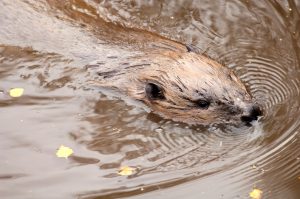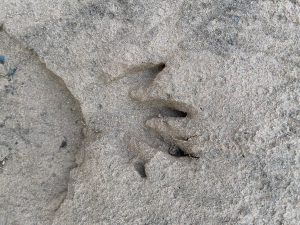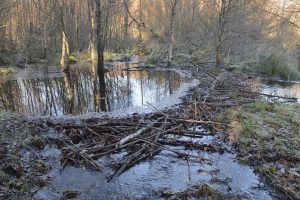The BEAVER population in Scotland has rapidly grown to around 1000 rodents in the country.
With territory numbers doubling to 251, the beavers are now spread out over Glen Isla to Dundee and Stirling, Forfar to Crianlarich, and likely to expand into Loch Lomond in the coming future.

©Lorne Gill
For information on reproduction rights contact the Scottish Natural Heritage Image Library on Tel. 01738 444177 or www.snh.org.uk
Robbie Kernahan, Director of Sustainable Growth, said : “Beavers play a vital role in creating and restoring wetlands where other species can thrive, reducing downstream flooding and improving water quality.”
A survey carried out last winter, showed the largest authoritative survey of beaver numbers and their range ever conducted in Britain.
The survey assessed the general health of the beavers and where they range, helping inform future beaver work.

NatureScot worked alongside Scotland’s foremost beaver specialist, Roisin Campbell-Palmer, and experts at the University of Exeter to conduct the survey – the first of which taken since the beaver population gained protection from European Protected Species in 2019.
Dr Alan Puttock, from the University of Exeter, said : “This survey, the biggest undertaken in Britain, combined extensive field surveys and analysis to map the spatial distribution and territory dynamics of beavers across Tayside and surrounding areas.
This survey will hopefully provide valuable information to land managers and policy makers seeking to maximise the benefits and minimise the conflicts associated with the return of beavers to our rivers.”
Since EPS protection, lethal control is now regulated by a licence this ensures that the beaver population continues to grow and expand, while allowing impacts of burrowing and dam building to be managed on agricultural land.

©Lorne Gill/SNH
Robbie added: “Beavers are nature’s supreme water engineers, but we know they may cause severe problems in some areas, particularly for crops on prime agricultural land and for important infrastructure like road drains or railway lines.”
